Third-Party Blower-Door Test Pays Off
Verifying high-performance house metrics under California's Title 24 earns some rebates from the utility company.
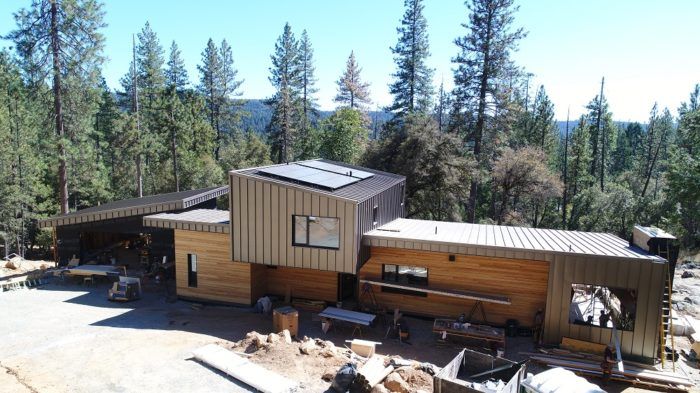
Our house rater came by this week to gather information for the California Advanced Homes Program (CAHP), which may give us a $3000 rebate. Unfortunately, the program relies on the California Title 24 approved energy modeling software, which is not that advanced. Our house meets Passive House levels of performance and is modeled with Wufi Passive, which accounts for everything under the sun.
Energy Pro for Title 24 has several downfalls for a house as advanced as ours. There is a default for the COP (coefficient of performance) of minisplit heat pumps that is well below the COP of our Mitsubishi units, and there is no mechanism for tuning your windows for seasonal solar gain and shading. We actually had to install an extra kilowatt of solar on the roof to qualify for the program, because the software estimates that we need more renewable energy than we will. (This is what I think; we will see…) This is frustrating and wasteful. At any rate, it is nice that there is an incentive to take efficiency measures in new homes, but it includes a lot of paperwork and hoops that need further refinement.
The good news is that our Rater, Chris Miller, came up with 0.585 ACH50, confirming our airtightness goal of 0.6 or better. The CAHP uses a metric called Energy Design Rating (EDR) that is similar to the HERS rating scale. The baseline for the EDR scale is a 100 rating for a house built to the 2006 International Energy Conservation Code. Our house received an EDR of 0.1 despite the shorting comings of Energy Pro for our situation, so I’m confident we’ll be net-zero in operation.
While Chris was doing running his blower-door test, I took a few thermal images of our Zola Doors with my Flir C3 to see if there is a visual difference in air leakage with the doors locked vs. just latched. The locking mechanism pulls the door tight into the frame and we can see the difference. Note the temperature range of the images expands when the door is unlocked. The temperature differential is about 11° F which is above our 7° F design goal for comfort. I think that these small leaks will not affect the comfort in the house, but I will need to investigate—perhaps this weekend with a bit of snow in the forecast and a larger Delta T.
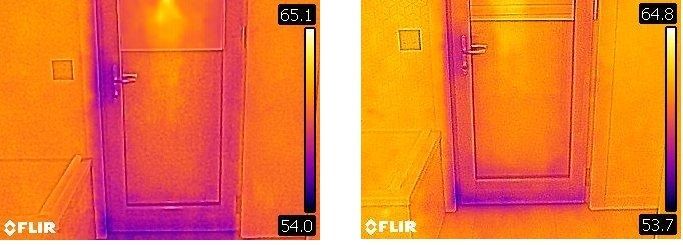
More from the California FHB House:
- Video: The Building Envelope
- Blower-Door Test Confirms High-Performance-Home Status
- Designing a Sprinkler System for a California Home
Fine Homebuilding Recommended Products
Fine Homebuilding receives a commission for items purchased through links on this site, including Amazon Associates and other affiliate advertising programs.

Smart String Line

8067 All-Weather Flashing Tape

Plate Level


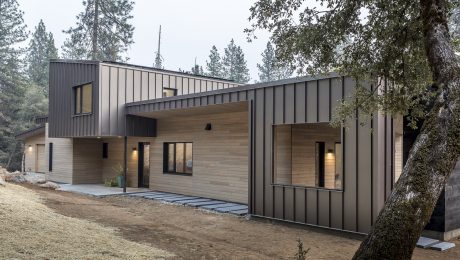
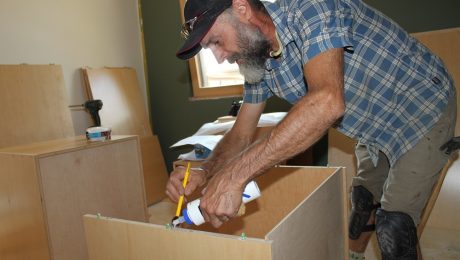
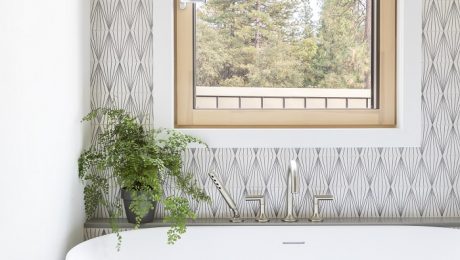
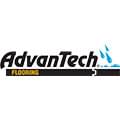

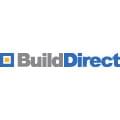

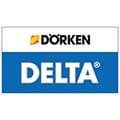
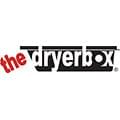
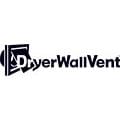
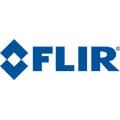
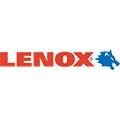

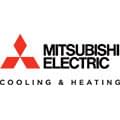
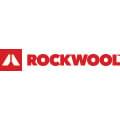
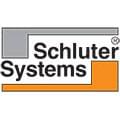
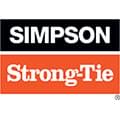

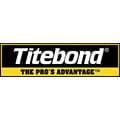
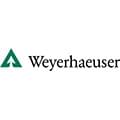
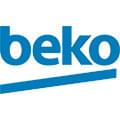

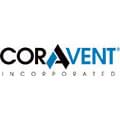
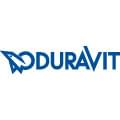

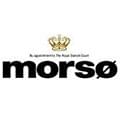

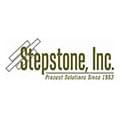













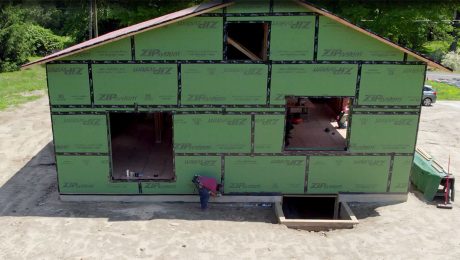
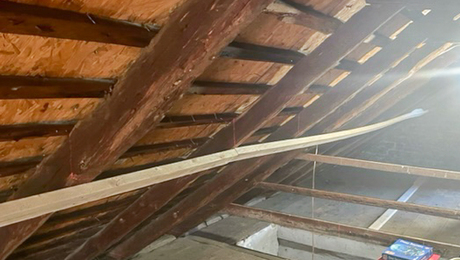
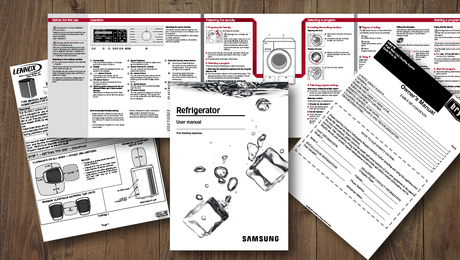










View Comments
I am seeking for the same info..Keep sharing!